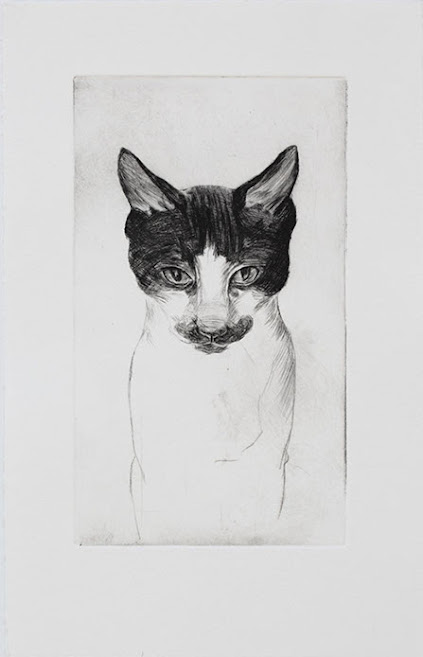This is a fantastic book about the meaning of Art. We've all heard it said many times that no-one knows what art is and therefore it cannot be defined but Art and the Occult considers the qualities that are inherent in great art. For Schwartz the spiritual/occult presence within art is what causes it to be of lasting value, mainly because those same qualities are within human beings.
I was particularly interested in his discussion about El Greco, Goya, Rembrandt and Ingres. For Schwartz, El Greco reigns supreme because his work is pure spirit in contrast to Goya and Rembrandt whose work is almost on that level but not quite. His 'grading' of Ingres to a much lower level is because he painted primarily the physical body and although it's a living body, the body is the main focus of the work rather than the spirit that animates it.
He also discusses the Tarrot and other mystical practices but these don't interest me at all. His emphasis is on Art and how artists shaped the history of Art because of their ability to express the spiritual light- energy that animates the world we live in.
It's an absorbing discussion, whether you agree with Schwartz or not, but much of what he writes makes sense and the way he locates the spiritual behind the medium in art is a very interesting read.












